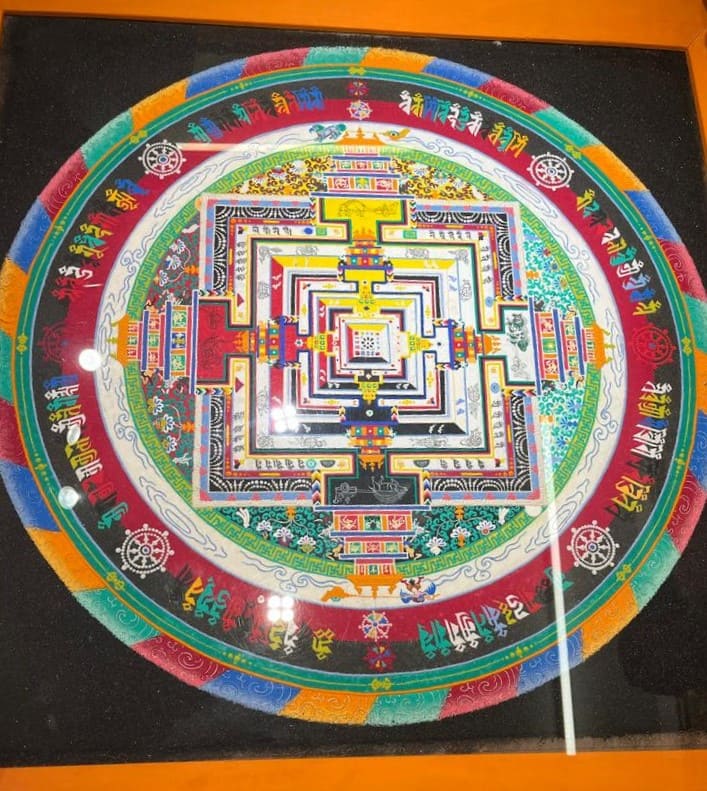The Louvre Abu Dhabi stands as a testament to architectural innovation and artistic excellence on Saadiyat Island. The museum's design creates an interplay between light and shadow under its distinctive dome, which spans 180 meters. The water that surrounds the structure serves more than an aesthetic purpose - it creates a microclimate that helps visitors transition from the desert heat to the controlled environment inside. Walking through the shallow pools and channels that weave through the museum complex, one experiences a sense of calm that prepares the mind for the artistic journey ahead.
Inside, the museum's collection spans human creativity across millennia, bringing together pieces from diverse civilizations in thoughtful dialogue. The collection moves beyond the traditional Western-centric narrative of art history, instead presenting a global perspective that acknowledges the interconnectedness of human creative expression. The careful arrangement of artifacts and artworks creates connections across time periods and cultures, allowing visitors to discover unexpected parallels between different artistic traditions. This approach makes the museum unique among its global peers, as it actively works to break down the traditional boundaries between Eastern and Western art.
Among the many remarkable pieces in the collection, the Monumental Head of a Ptolemaic Queen leaves an indelible impression. Standing at nearly 70 centimeters in height, this fragment would have once crowned a colossal statue reaching 3.5 to 4.5 meters tall. The head's commanding presence and refined craftsmanship speak to the sophisticated artistic traditions of Ptolemaic Egypt. The subtle modeling of the face, the elegant arrangement of the hair, and the quiet dignity of the expression all contribute to its enduring impact. When viewing this piece, one can't help but contemplate the vast span of human history and the power of art to connect us across millennia to our shared past.

The Louvre Abu Dhabi succeeds in creating an environment where art transcends its role as mere objects of display. The museum's design, with its interplay of natural light filtered through the dome's complex pattern, creates ever-changing shadows that dance across the galleries throughout the day. This dynamic quality of light transforms the viewing experience, making each visit unique and encouraging repeated exploration of the collections. The museum's location on the water adds another dimension to the experience, as the sound of gentle waves provides a soothing backdrop to contemplation. This combination of architectural innovation, thoughtful curation, and environmental integration makes the Louvre Abu Dhabi more than just a repository of art - it becomes a space for personal connection with human creativity across time and culture.

